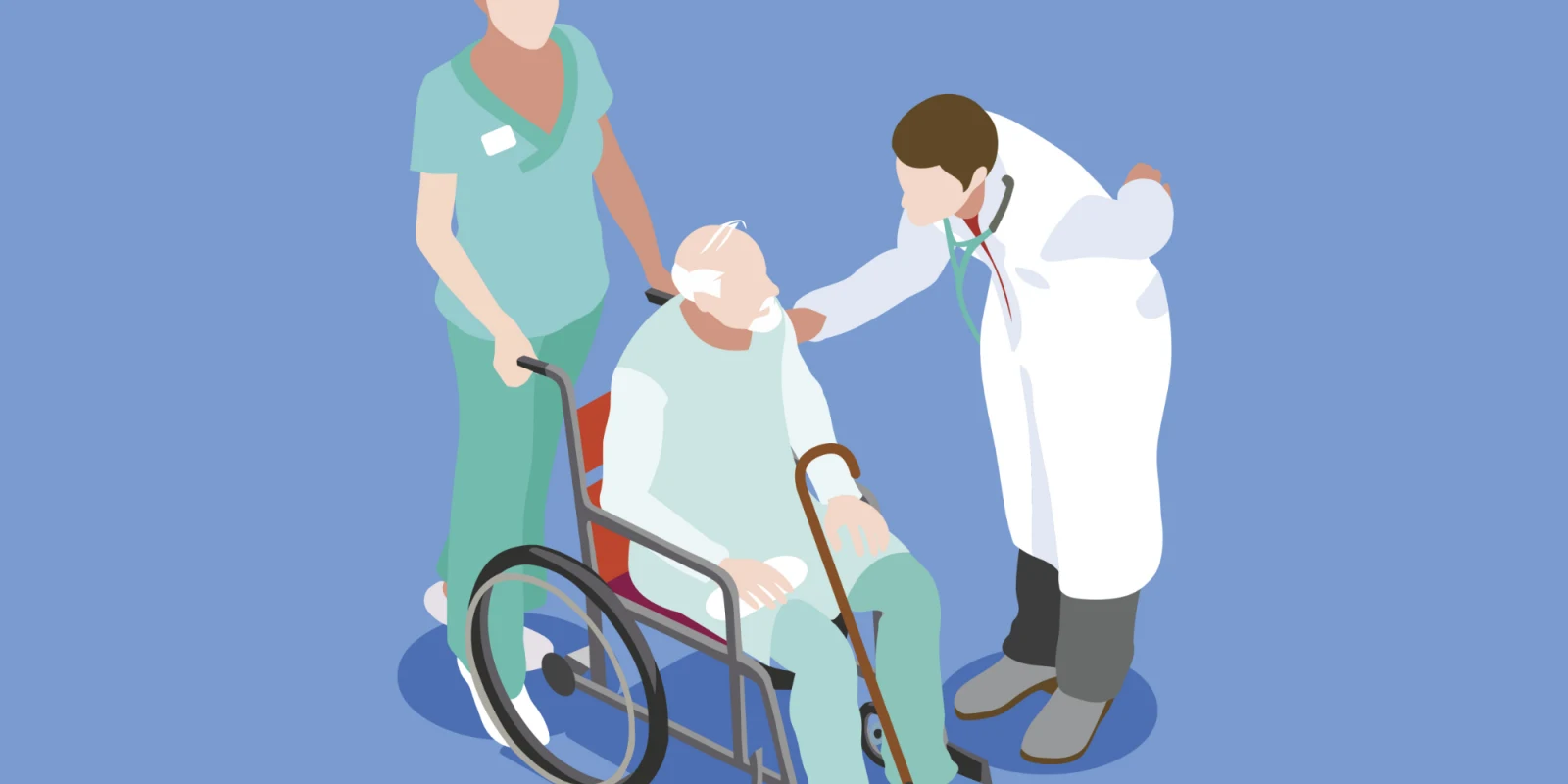
It was a usual Monday afternoon clinic. I opened the door to my office and saw my 1 p.m. patient patiently waiting. He was a 79-year-old with coronary artery disease, diabetes, chronic kidney disease, and the most resistant hypertension I had come across in my career. His blood pressure was 168/92. He was already on a diuretic, beta blocker, ace inhibitor, clonidine, hydralazine, and aldosterone antagonist with an intolerance to calcium channel blocker. I didn’t have many choices left, so I offered him a long-acting nitrate. As I was about to sign the prescription, his medication list caught my eye and I realized he was also on sildenafil. Without hesitation, I launched into my usual discussion about the drug interaction between sildenafil and nitrates. The patient allowed me to finish my soliloquy and then politely declined my prescription, stating plainly that it was “just too important” to his relationship not to take sildenafil. More important to him, in fact, than all the scary outcomes I had just warned him about if we didn’t lower his blood pressure (i.e., risk of stroke or dissection, death, heart attack or worsening renal function if we didn’t get his blood pressure under better control). I couldn’t understand why this elderly patient with so many comorbidities didn’t understand the lasting benefit in terms of his longevity compared against a transient pleasure.
It was at that point that I realized just how much doctoring is truly a balance between improving patient outcomes and maintaining (or improving) a patient’s quality of life. For the most part, those two ideals are aligned. Heart failure is a great example – medications for congestive heart failure tend to improve not just what matters to us as doctors (major adverse medical events, readmissions, BNP levels, 6-minute walk distance, etc.) but also those things that matter to patients (quality of life, fewer symptoms). But, every so often, we realize that they are actually working against each other. And, the more I looked for it, the more I found it — whether it was the patient who asked me to cut down the number of pills she takes every day (24) or the patient who was furloughed during the government shutdown and couldn’t afford her Entresto and Eliquis, it was all around me.
And it got me thinking. We are so quick to give patients a laundry list of medications that are “evidence-based” and “goal-directed.” But, whose goals are really most important here? Ours — or the patients’? And, when the two goals are in conflict with each other, how do we remain mindful of patients’ values while also educating them about the benefits of our prescriptions? Are there things we can do to realign our misalignment?
When we took the Hippocratic oath in medical school, there was verbiage that translates as: I will follow that system of regimen, which, according to my ability and judgment, I consider for the benefit of my patients, and abstain from whatever is deleterious and mischievous.
We all agreed to the oath in medical school and yet, in practice, we sometimes push our own agendas blindly on our patients. True, we are fighting for their “benefit,” but what we forget is that the “benefit” we offer to our patients comes not only from reducing adverse events but from seeing the person in front of us and improving the quantity and quality of his or her life. Perhaps the “net clinical effectiveness” parameter we so often discuss at meetings should also include “quality of life.” I have realized that, in order to best help my patients, I need to look into my own heart and get comfortable with altering my definition of “optimal medical therapy” when it comes to caring for my patients.
What about you? How do you counsel patients when a life-saving medication is compromising the patient’s quality of life? What do you do when your treatment priorities and your patient’s are in conflict?
Payal Kohli, MD is a cardiologist and a 2018–2019 Doximity Author.







